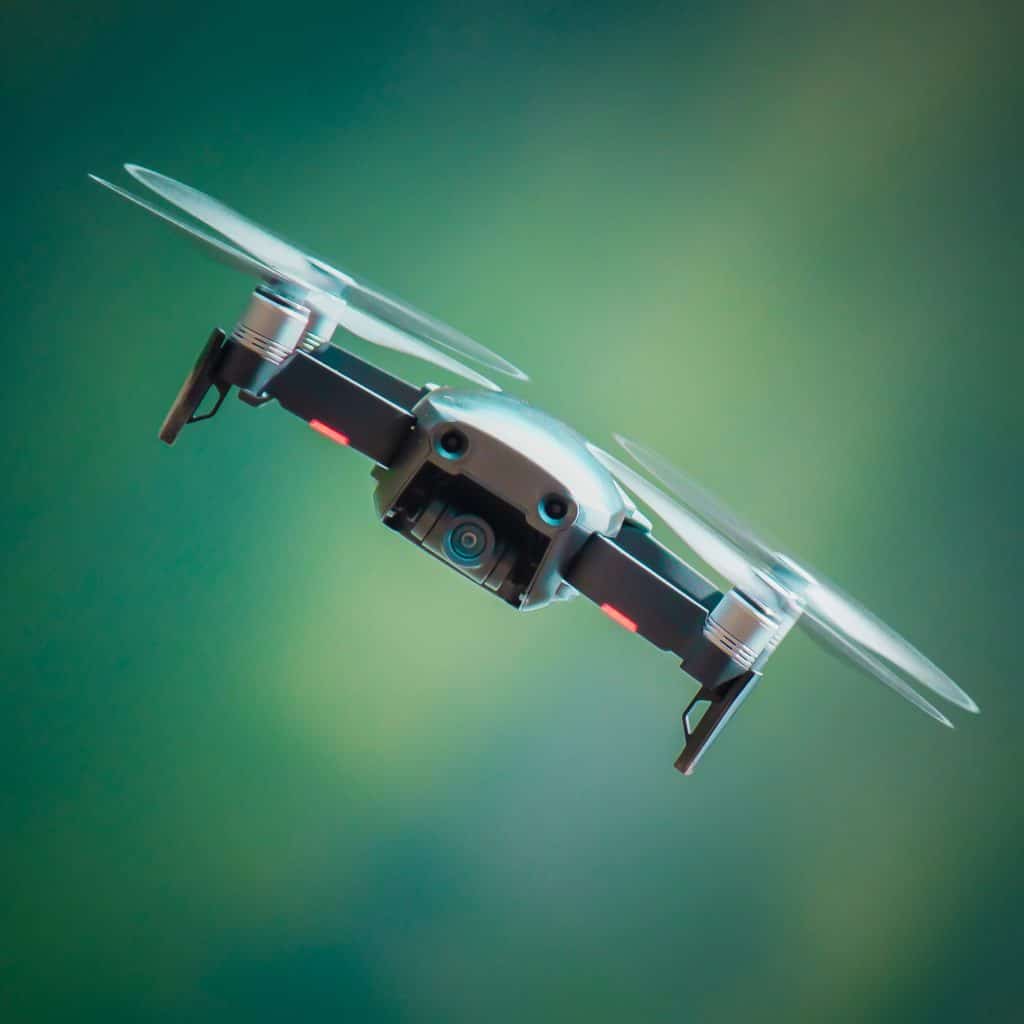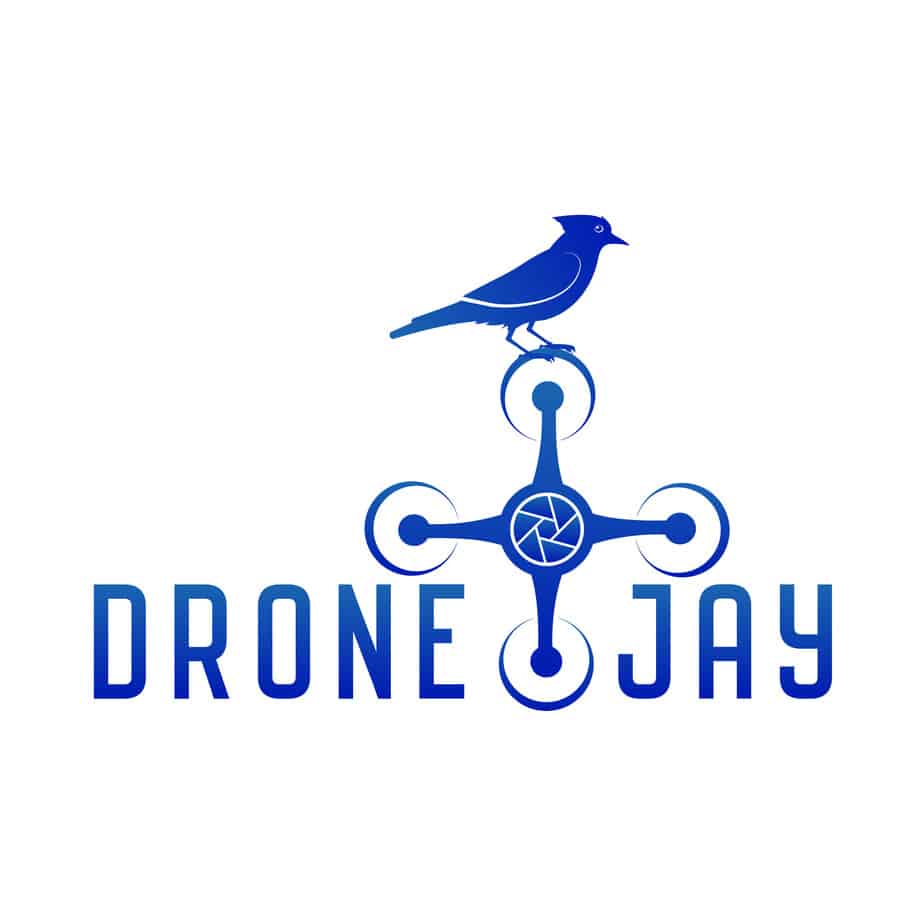Drone drift can be especially frustrating when you are trying to learn. even if you’re an experienced pilot it can be annoying to have to constantly compensate to keep your drone where you want it to be.

Drones equipped with a GPS module tend to stay in place better than those without. However, drifting can still occur. Custom-built drones, FPV racing drones, and less expensive store-bought drones often don’t come with GPS modules and the drifting can get pretty bad.
Drones drift due to external factors such as wind, damaged props or motors and internal factors such as calibration, connection, and trim.
Flying in the Wind 💨
Wind can be a big problem for drone Pilots. The stronger the wind the more likely your drone will drift. If your drone is a heavier drone it will be less likely to drift compared to a lighter drone, which will get caught up in the wind easily. If it is very windy it may not be the best idea to go and fly.
When flying a drone with a GPS module in the wind one can hear the propellers fighting against the wind to keep the drone in place. Flying in the wind with a drone without a GPS module would be difficult and is best left for the expert Pilots unless you want to give it a go and really challenge yourself. The wind is probably one of the most common factors in people losing their drones. They will end up flying downwind some and as they try to fly back to Home the motors have to fight so hard against the wind that the batteries die. This is a painful way to lose your drone as it unfolds fairly slowly and you are helpless as you watch your battery levels plummet. Search on youtube “I lost my Drone” and more than half of them will be the result of high wind.
Hardware Causing Drone Drift
Another likely reason that your drone could be drifting is due to the props or the motor being damaged. Bent props occur frequently, especially when your quad takes a tumble or crashes. When the props are bent they can force the air in a different direction than they were intended to and pull your quad in one direction. A damaged motor due to possible worn out bearings or a bent shaft could also change the speed of that one propeller and pull your drone in a certain direction. This pull in a certain direction is often exaggerated when you punch the throttle. This can help you identify which motor could be the faulty one. If you are flying a Micro Drone indoors another common problem is hair getting wrapped around the motor shaft. The friction of it strangles the motor shaft from spinning as fast as it wants to and slows that motor down.
Avoiding drift is all about balance. Another likely external Factor could be the location of your drones center of gravity. This could be thrown off by a battery being placed too far forwards backward or to the side. When the weight is not focused near the center of the drone it can force upon the drone a small angle and make it drift in a certain direction.
Software Causing Drone Drift
If you have brand-new Motors, props and there is absolutely no wind it is likely your drift is occurring due to a software / internal issue. if your drone isn’t calibrated properly the flight controller or the IMU could believe the drone is perfectly level when in reality it is off a little. Another common issue is due to the radio being set up properly. The radio trim may not be set in the middle. When your thumb is not giving the stick any role or pitch but your drone thinks it is getting just the smallest amount it can cause the drone to drift.
How To Fix My Drifting Drone?
There’s not much you can do to fix the wind. Other than waiting for the wind to die down or trying to fly or find shelter in the lee downward wind side of a building. Oftentimes there is less wind earlier in the morning or later in the evening.
Fixing a bent prop can be difficult. Due to props being inexpensive it is best just to replace them once they are damaged. Damaged motors can also be difficult to repair and it is best to replace them with new ones.
When attaching the battery to your drone place your finger in the middle underneath your frame and try to position the battery so that it balances on that Central Point out of your finger.
It is easier to fix a software problem than it is to fix a hardware issue such as a motor or prop. The IMU, or Intertial Measurement Unit, uses accelerometers to calculate the current rate of acceleration and gyroscopes to detect changes in pitch, roll, and yaw. For custom built FPV type drones recalibrating the IMU can be done using software such as Betaflight. DJI drones use their app (either DJI GO 4, 3 or DJI Fly) to select Advanced Settings > Sensors > Recalibrate IMU. Make sure when you are calibrating your drone that it is on a completely level surface. This is important as it sets the standard for what the IMU believes level to be. You are basically teaching the IMU what perfectly level is.

Also using Betaflight or the screen on your transmitter check to make sure that your trims are set correctly. The values of trims generally go from 1000 to 2000. This means you want your roll, pitch, and yaw to be in the middle at 1500. it is easy to bump the trim buttons on some transmitters so this is a common problem. It can really make you scratch your head when one day your drone has no drift and the next day it is drifting. This could all be due to an accidental bump to one of your trim buttons… doh! Cheaper store-bought drones often have trims on the controllers but are obviously not compatible to be plugged into Betaflight. You can slowly take the drone up in the air and take note of what direction it pulls as soon as it lifts off. Then adjust the trim accordingly until it takes off and hovers without drifting off in any direction. DJI drones have trim settings located in the transmitter section of the settings on the app.
If you have a nicer drone with a GPS module and the Drone is drifting. It could be a connectivity issue with the GPS module to how many satellites it is connected to. Try to fly your drone in a more open space or fly it up in elevation to gain as many satellites as possible and minimize the amount your drone drifts. If you bump your drone into ATTI mode it will fly without the GPS and this could cause some drift.
